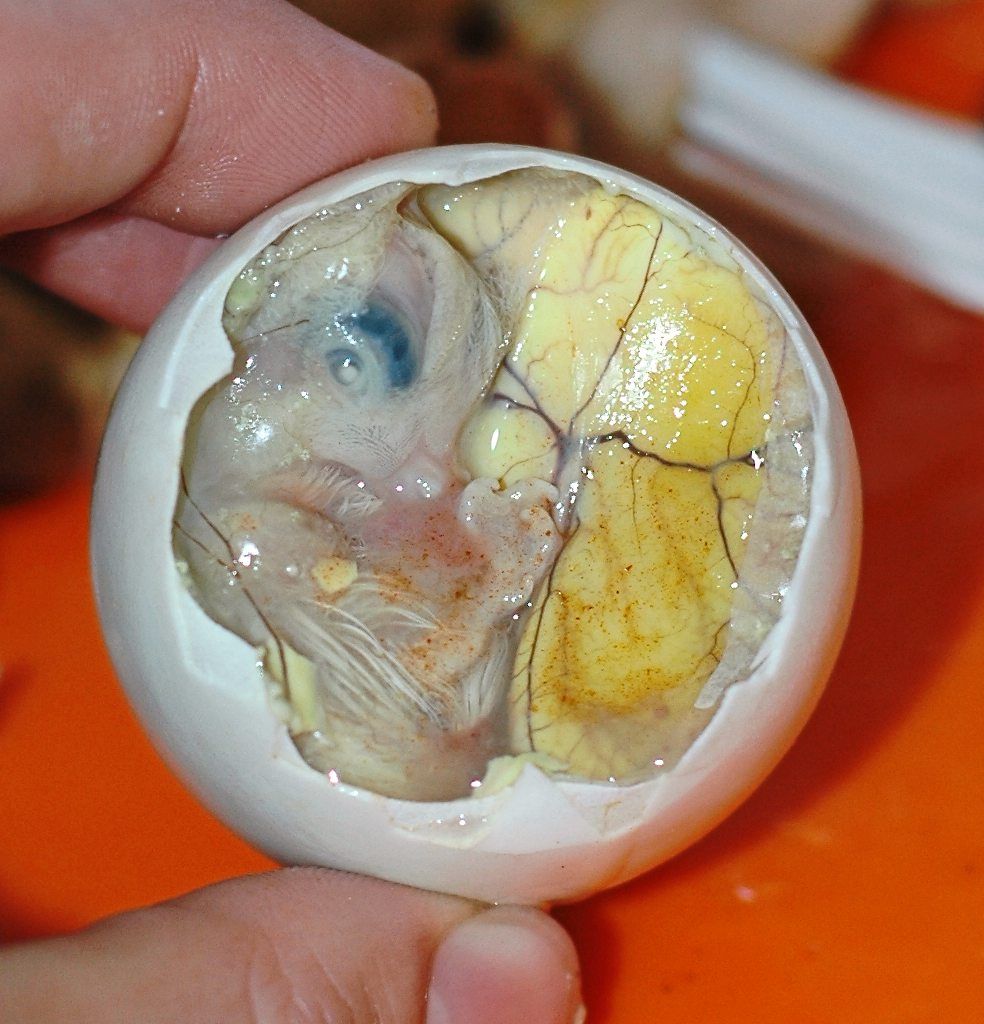Thailand has a vibrant food scene that ranges from humble street fare to fine dining. — NORBERT BRAUN/Unsplash
South-East Asian countries have always had vibrant gastronomic scenes. This is evident in the never-ending stream of tourists who visit South-East Asian countries particularly for the food.
In 2023, gastronomy tourism is said to be one of the big trends in travel. Let’s check out what’s in store for tourists who come to Malaysia, as well as some of our neighbouring countries, to feast on our delicious fare.
Like the country’s diverse culture, Malaysian cuisine is also just as varied. And while Malaysian flavours may be distinct to locals, to international tourists the combination of spices, ingredients and traditional cooking styles from different cultures is truly unique.
Top favourites for both tourists and locals include nasi lemak, nasi kerabu, chicken rice, char kuay teow, laksa (almost every state has its own version, too!), Nyonya kueh, roti canai and pisang goreng. Travellers get an even wider variety of offerings in Sabah and Sarawak, like linopot, sinalau, umai, kampua mee, kuih cincin and manuk pansuh.
On top of that, the street food and cafe scenes in Malaysia are also worth checking out. In fact, one of country’s most humble street foods, the Ramly burger, has been featured in many international food and travel videos on YouTube and other social media platforms.
Perhaps our biggest rival in South-East Asia when it comes to gastronomy tourism is Thailand. Thai food has been a top destination choice for foodies for many years now. There’s a wide variety of cheap, fresh and delicious food available throughout the country – you can never go hungry in Thailand! The vibrant and dynamic street markets offer curious foodies a chance to feast on many delicacies, including deep-fried insects (if you’re into these kinds of things, that is).
If you’re ever in Bangkok, head to Sampeng Market, Srinagarindra Train Night Market, Jodd Fairs, Hua Mum Night Market, Khao San Road, Patpong Market, Chang Hui, Asiatique The Riverfront and Chatuchak Weekend Market, and send your taste buds on a scrumptious adventure. There’s also lots of shopping to be had in these markets so remember to bring your reusable shopping bags along.
Some of the iconic must-try dishes are pad thai, moo ping (Thai satay), pad kra pao, pad see ew and khao pad; try the Thai iced tea too.
Thailand also has plenty of top-notch fine dining restaurants, Michelin-selected eateries and award-winning bars, as well as innovative cafes. These are mostly found in bigger cities like Bangkok and Chiang Mai.
While the Philippines and Cambodia are not usually considered gastronomy tourism destinations, the cuisine in both these countries have their own distinct flavours.
When you take a voyage through the dynamic food scene in the Philippines, you’re in for an enticing dining experience. Pinoy cuisine promises a refreshing taste that will lead you on a sensory explosion.
One of the many popular dishes, sizzling sisig, may be something of an acquired taste but it’s worth trying, if only for the experience. This dish is made up of pork (particularly meat from a pig’s head) and chicken liver, and seasoned with vinegar or calamansi juice.
Another popular and truly unique Filipino delicacy is balut. This is a fertilised duck egg with a developing embryo, normally consumed fresh out of the shell. This famous snack is not for the faint-hearted, though.
In Cambodia, there’s fish amok (amok trei), a Cambodian steamed curried fish dish that has a 2,000-year-old history. Fish amok was once only served to the Khmer royals, but today you can get this in many restaurants, though not all will serve you the “authentic” version. Locals say that if the dish is not steamed in banana leaves – some restaurants and stalls steam them in bowls or ramekins, for example – then it is not amok (the word “amok” actually means “to steam in banana leaves” in the local dialect).
For comparison, fish amok is similar to the Malaysian otak-otak, only with different spices, and sometimes different types of fish, used.
This year, be sure to go on a gastronomy holiday anywhere in the South-East Asia, or plan some trips to a few states in Malaysia to try delicacies you’ve never had before.







